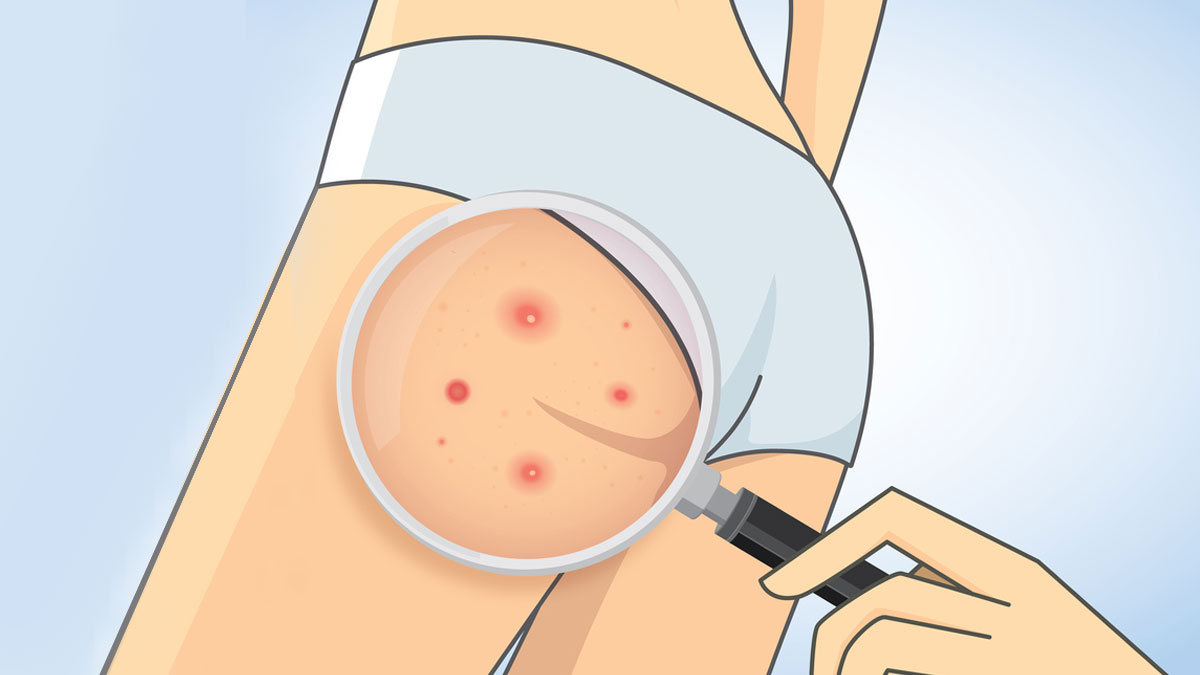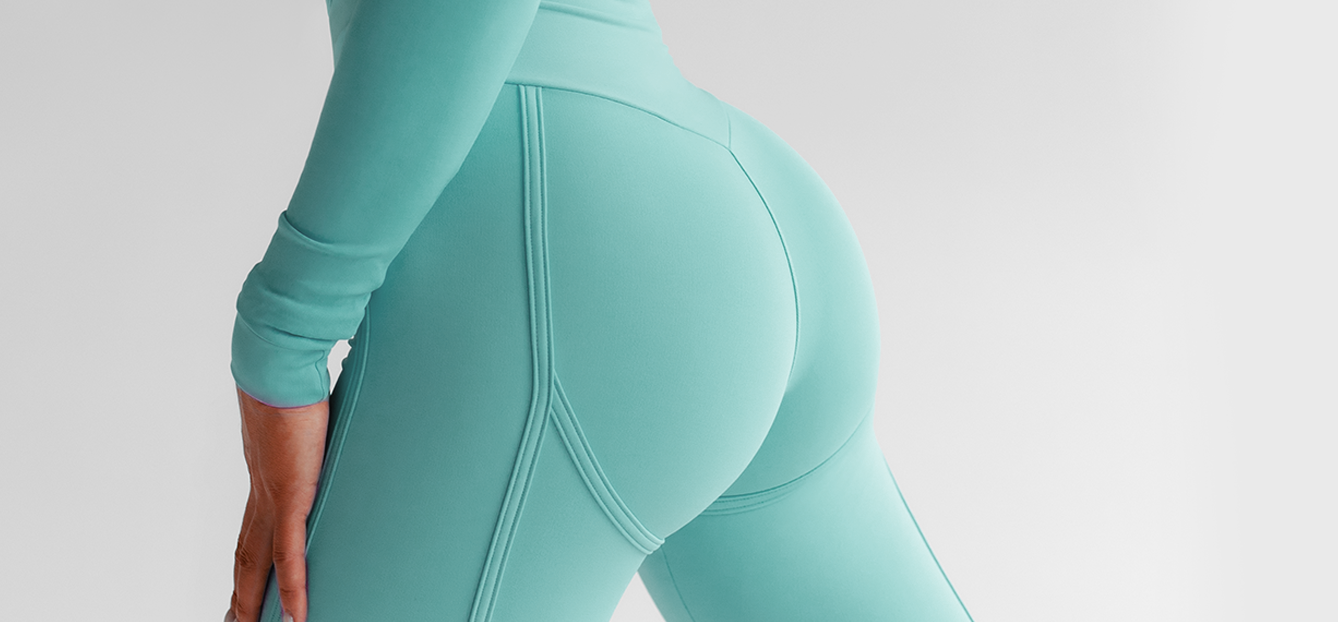Interviews with Dermatologists on KP: Insights for Beauticians
Keratosis Pilaris, commonly known as KP, is a skin condition that affects a significant number of individuals. As a beautician, understanding how to effectively manage and advise clients on this condition can set your services apart. In this article, we delve into interviews with dermatologists on KP to offer you expert insights and tips that can enhance your practice and client satisfaction.
For those unfamiliar, KP is characterized by small, rough bumps on the skin, often on the arms, thighs, and buttocks. While it is harmless, many clients seek solutions for aesthetic reasons. Our interviews with dermatologists have unearthed valuable strategies and treatments that you can incorporate into your skincare repertoire.

Understanding Keratosis Pilaris
Before we dive into the expert advice, it's essential to grasp what KP truly is. KP results from the buildup of keratin, a protein that protects the skin, in the hair follicles. This buildup forms a plug that blocks the opening of the follicle, leading to the formation of those characteristic bumps. For more detailed information, you can visit the Keratosis Pilaris Wikipedia page.
Common Misconceptions
One common misconception is that KP is a form of acne. However, unlike acne, KP is not caused by bacteria and does not typically result in inflammation or infection. During our interviews with dermatologists on KP, experts emphasized the importance of educating clients about this difference to manage their expectations and treatment outcomes.
Expert Advice from Dermatologists
Our conversations with leading dermatologists revealed several effective approaches to managing KP:
1. Gentle Exfoliation
Dermatologists recommend gentle exfoliation to help remove dead skin cells and prevent keratin buildup. Products containing alpha-hydroxy acids (AHAs) or beta-hydroxy acids (BHAs) can be particularly effective. However, it's crucial to advise clients against over-exfoliating, as this can lead to irritation.
For more tips on winter skincare for KP, check out Winter Skincare for Keratosis Pilaris.
2. Moisturizing
Keeping the skin well-moisturized is key to managing KP. Dermatologists suggest using creams that contain ingredients such as urea, lactic acid, or salicylic acid. These not only hydrate the skin but also help to break down the keratin plugs.
3. Professional Treatments
In some cases, dermatologists may recommend professional treatments like laser therapy or microdermabrasion. These treatments can be beneficial for more severe cases of KP, but they should be discussed thoroughly with clients to weigh the pros and cons.
For more insights, explore our article on Keratosis Pilaris and Psoriasis.
The Role of Diet and Lifestyle
While topical treatments play a significant role, dermatologists also highlight the impact of diet and lifestyle on KP. A balanced diet rich in omega-3 fatty acids, vitamins, and antioxidants can support skin health. Additionally, stress management and regular exercise contribute to overall well-being, which can positively affect skin conditions.
Client Communication and Education
Effective communication with clients is paramount when dealing with KP. Dermatologists stress the importance of setting realistic expectations. While KP cannot be cured, it can be managed effectively with consistent and tailored skincare routines.
For more on this topic, visit our article on Keratosis Pilaris Buttocks Treatment.
Conclusion
Incorporating the insights from our interviews with dermatologists on KP into your practice can greatly benefit your clients and enhance your reputation as a knowledgeable and skilled beautician. By understanding the nuances of KP and offering tailored advice, you can help clients achieve smoother, healthier skin, boosting their confidence and satisfaction.
For further reading, the NHS provides an excellent overview of KP, which can be found here.

FAQ
What is the best treatment for KP?
While there is no cure, treatments such as gentle exfoliation, moisturizers containing lactic acid, and professional treatments like laser therapy can effectively manage KP symptoms.
Can diet affect KP?
Yes, a diet rich in omega-3 fatty acids and antioxidants can support overall skin health, which may help in managing KP.
Is KP the same as acne?
No, KP is not caused by bacteria and is not a form of acne. It's due to keratin buildup in the hair follicles.

